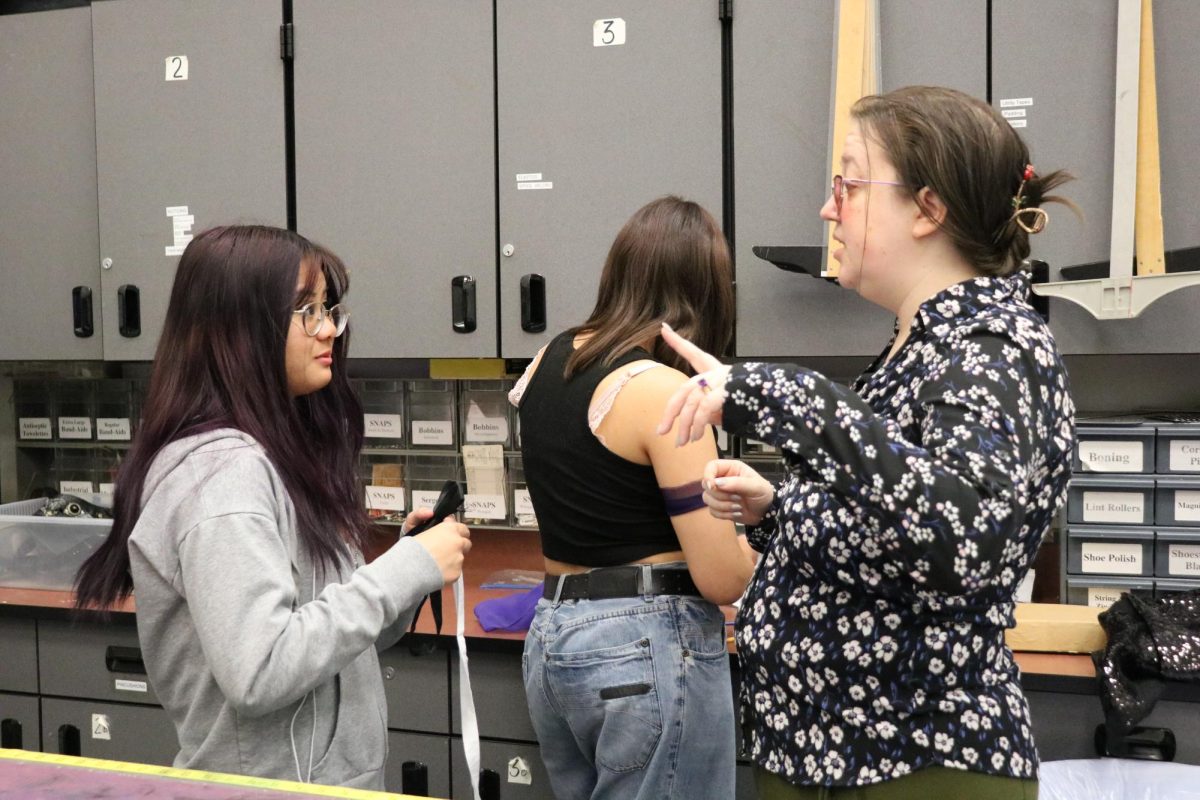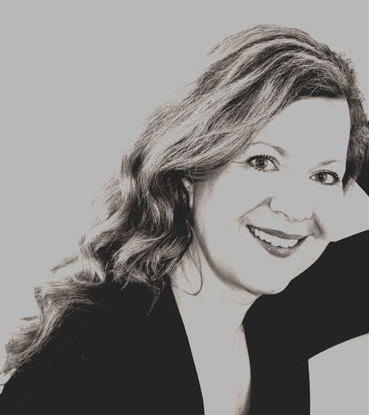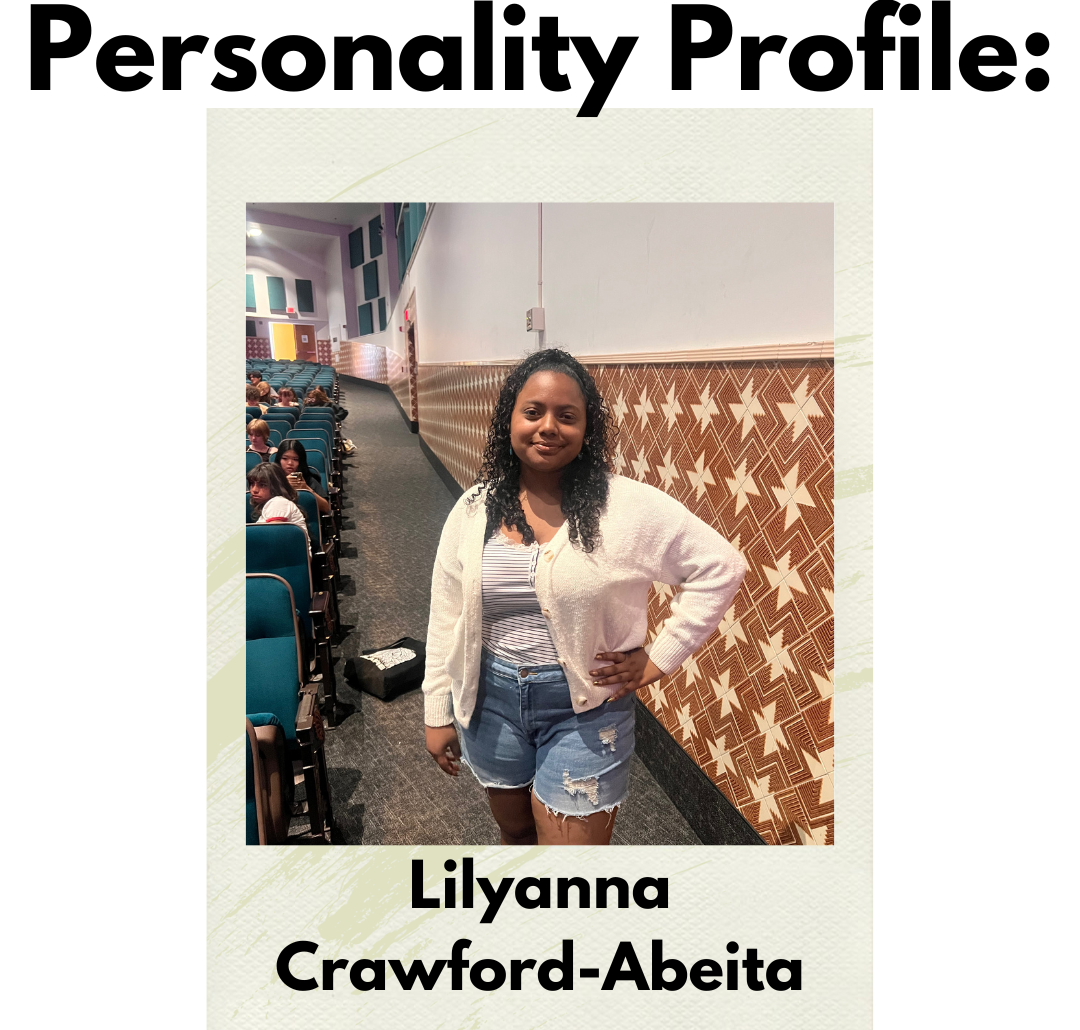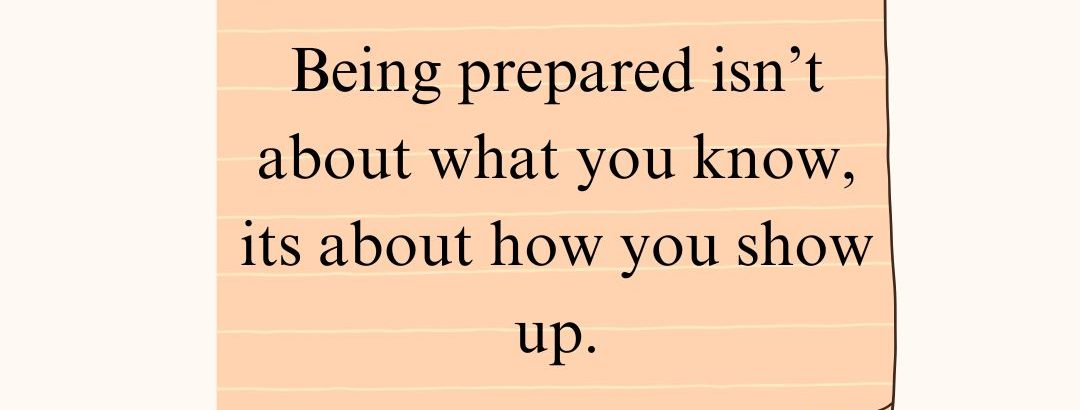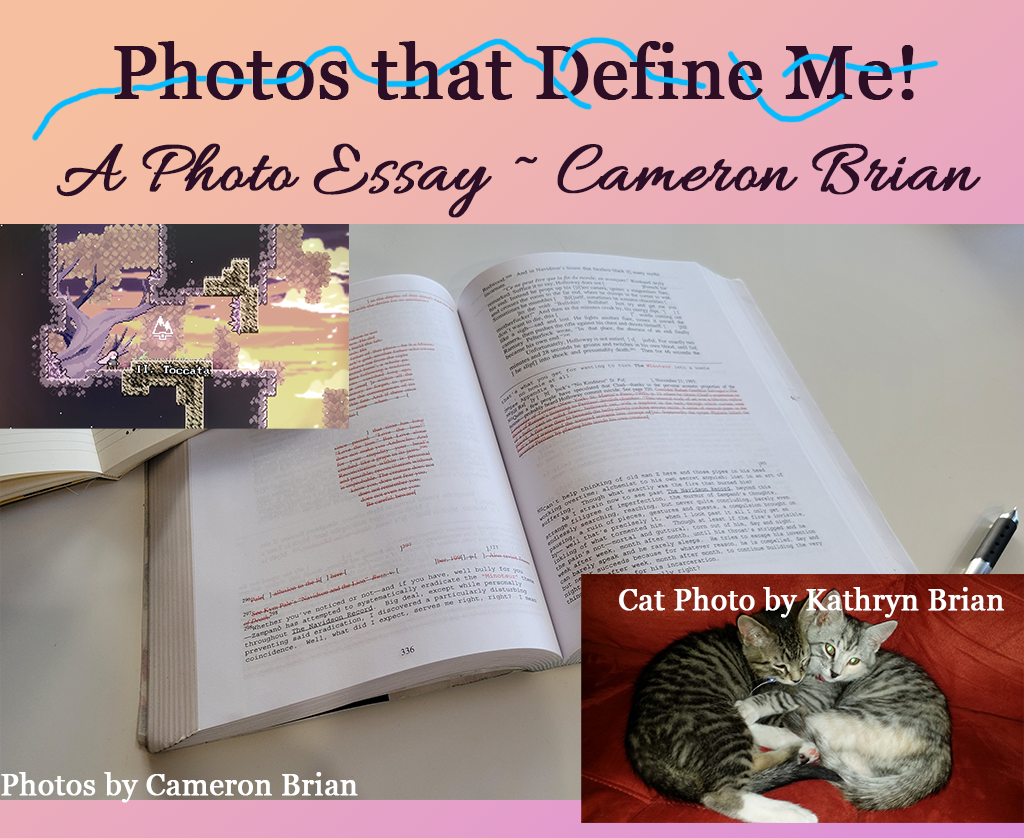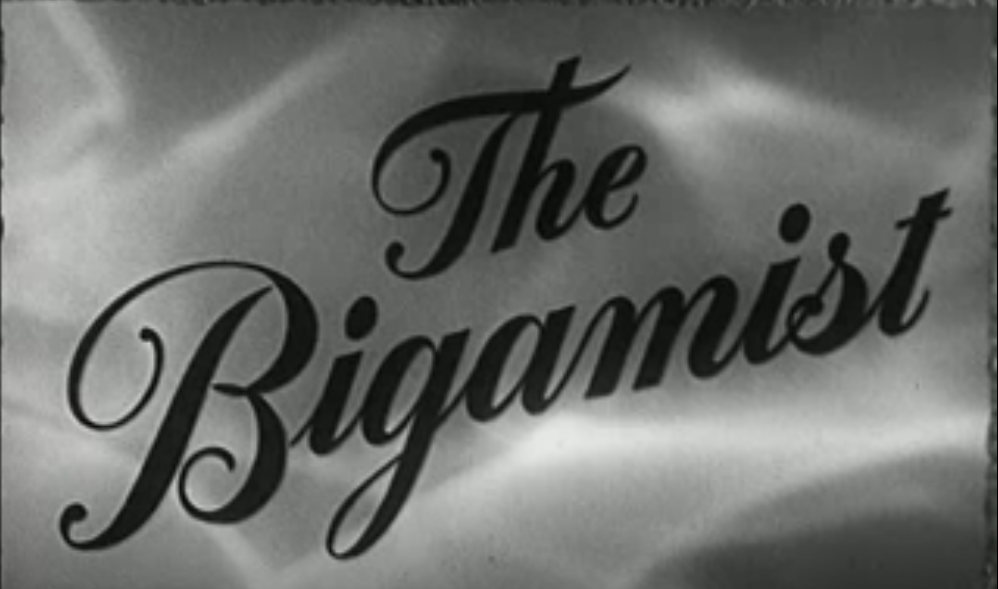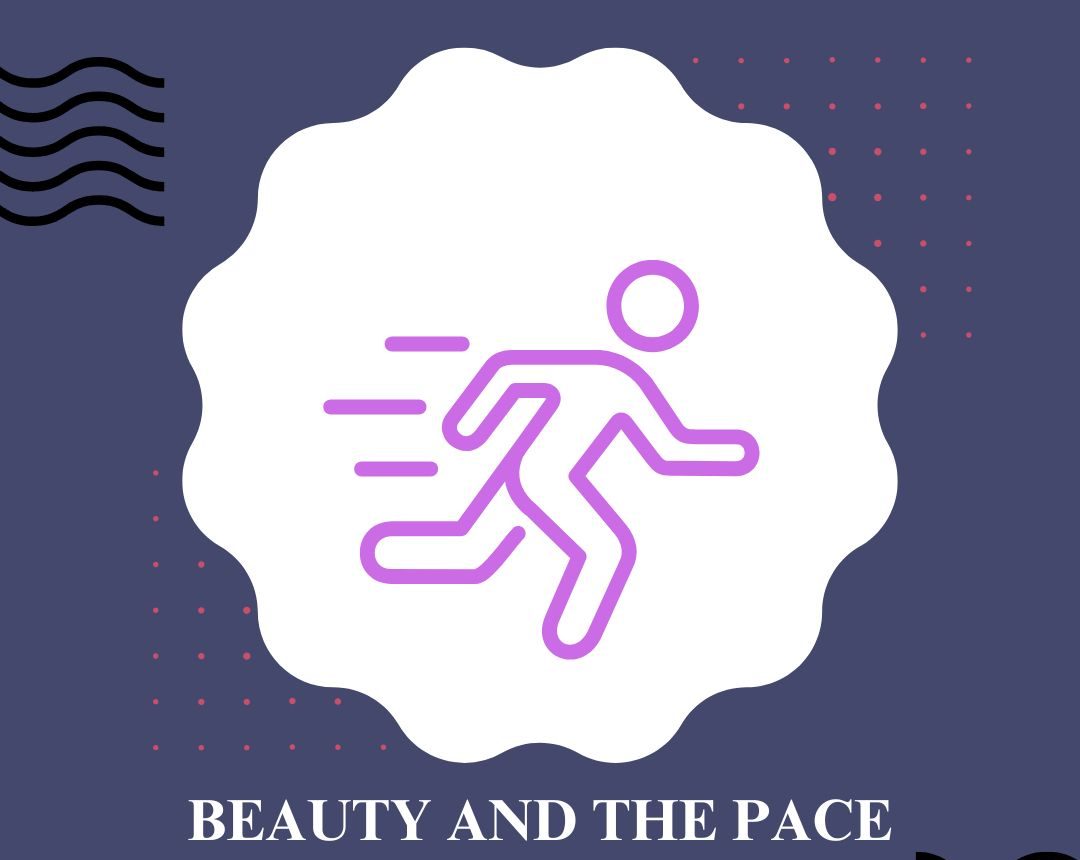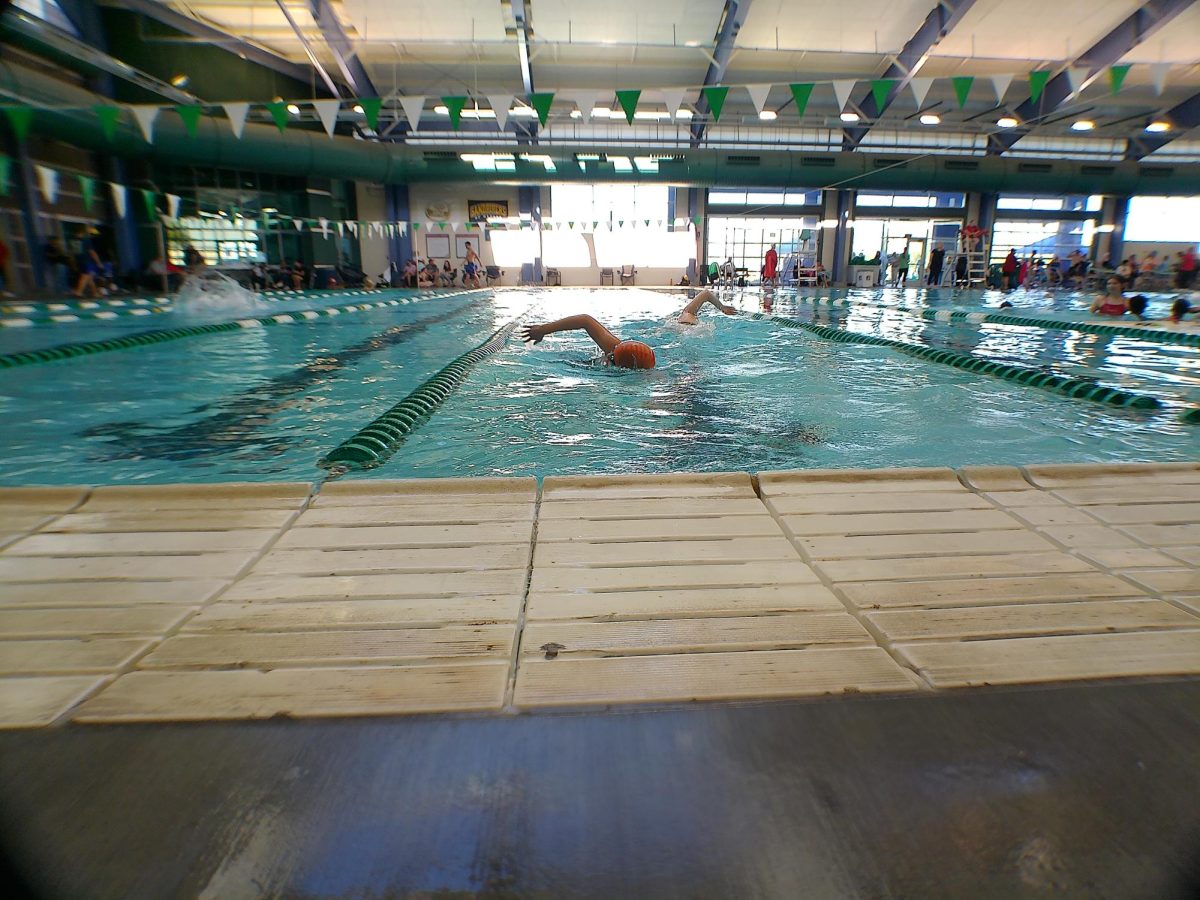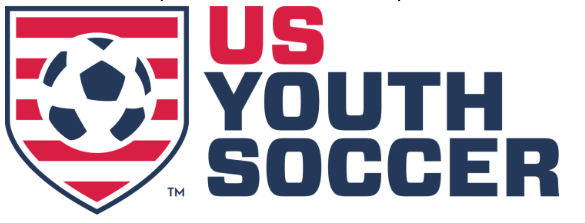The New Multimedia Minor and its Plans to Become a Major Next Year
Multimedia minors junior Khai Huynh, senior Taylor Johnson, and senior Isabella Eyre meet in the office to discuss a project in their journalism class.
October 18, 2022
This year the Multimedia Communications minor was introduced to LVA and is in preparation to become a major next year. Four students, including myself, took on the minor this year. For us, this means two media classes: a journalism class and a publications class, in addition to our major courses. Senior Taylor Johnson, Editor in Chief of Accolades (LVA’s online newspaper), is also one of those four and a major contributor to multimedia projects.
“I’m really hoping that with the new minor I can help bridge the gap between the two classes and create a stronger connection between the two,” Johnson said.
The opportunity to be in both classes gives students interested in multimedia more variety in optimum learning and experience. Publications, also known as yearbook, focuses on what it’s like to have one large publication project to consistently contribute to, capturing major events and important things to be recorded throughout the year. Journalism aims to teach students how to find relevant stories to tell and publicize for different purposes based on current events. Having students in the minor gives them more knowledge of different sides of journalism and helps keep consistency between the two classes for projects within the multimedia program.
There are high hopes for the program as it takes off. Teacher Elizabeth Strehl, advisor of the multimedia classes, labels this year as an experimental year in preparation for it as an incoming major.
“The minor is a pared down experience of what the major will be, this is kind of a pilot year,” Strehl said.
As it becomes a major, students will have more options for their multimedia classes. Rather than a standard double block period, students will have one multimedia course and a CTE course of their choosing focusing on graphic arts, photography, or video production and Publications as an additional elective option. There are already plans for incoming Multimedia majors next year and the audition process is ready and scheduled.
Strehl recommends this program for those looking for a practical application of the arts and those interested in any kind of journalism. It gives students CTE experience, opening them up to job opportunities and college credit straight out of high school.
“This is a practical hands-on way of putting the art to use and for those students who are interested in going into journalism, whether print or broadcast, this will hopefully be one of the best options that they have,” Strehl said.
This new program presents many opportunities for current and incoming students and there is a lot to look forward to as it continues to develop.



